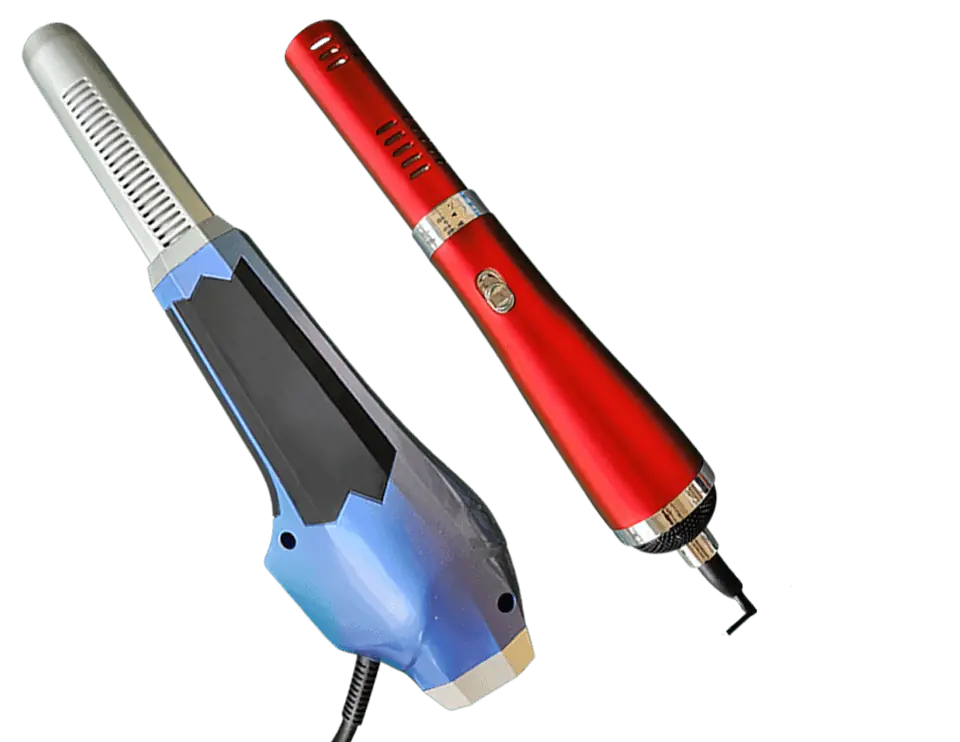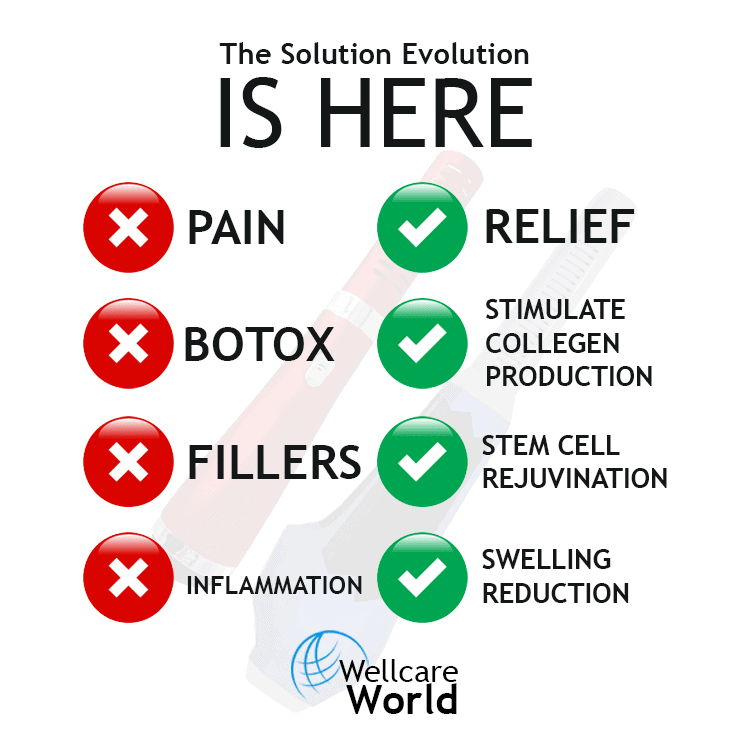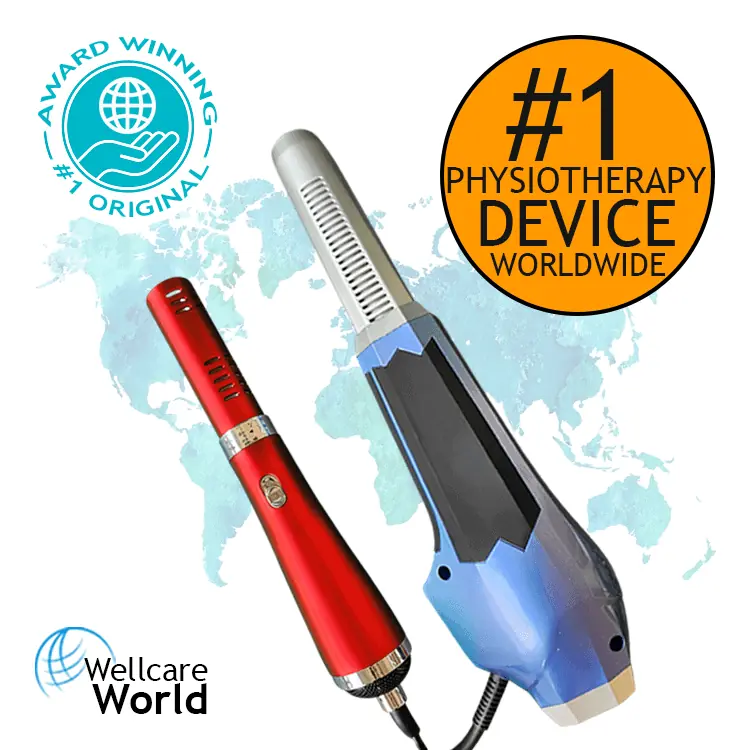Depression is a common mental
health condition that affects millions of people worldwide. According to the World Health Organization (WHO), depression is one of the leading causes of disability globally. While there are various treatments available for depression, such as medications and psychotherapy, there is currently no cure for the condition.
Terahertz therapy is a relatively new field of research that involves the use of electromagnetic
radiation with frequencies in the terahertz range to treat various medical conditions, including
skin disorders, cancer, and
pain. There is some preliminary research that suggests that terahertz radiation may have therapeutic effects on the brain, such as improving cognitive function and reducing
inflammation. This has led some researchers to investigate the potential of
terahertz technology in treating depression.
What is Terahertz Technology?
Terahertz (THz) radiation is a type of electromagnetic radiation that falls between the infrared and microwave regions of the electromagnetic spectrum, with frequencies ranging from 0.1 to 10 THz. Terahertz radiation is non-ionizing and is considered safe for use in medical applications.
Terahertz technology is a rapidly advancing field that has the potential to revolutionize various areas of medicine, including imaging, sensing, and therapy. Terahertz radiation has unique properties that make it ideal for use in medical applications. For example, terahertz radiation can penetrate through materials that are opaque to visible light, such as skin and clothing, making it useful for imaging and sensing applications. Additionally, terahertz radiation can be used to selectively target specific tissues or cells, making it useful for therapeutic applications.
The Potential of Terahertz Technology in Treating Depression
Depression is a complex mental health condition that can have a range of causes, including
genetic factors, brain chemistry imbalances, environmental factors, and life events. While there are various treatments available for depression, there is currently no cure for the condition.
There is limited scientific evidence to suggest that terahertz technology can be used to treat depression. However, there is some preliminary research that suggests that terahertz radiation may have therapeutic effects on the brain, such as improving cognitive function and reducing inflammation.
In one study, researchers investigated the effects of terahertz radiation on mice with depression-like behaviors. The researchers found that exposure to terahertz radiation improved the mice’s cognitive function and reduced their depressive-like behaviors. Additionally, the researchers found that terahertz radiation reduced inflammation in the mice’s brains, which is thought to play a role in depression.
While these findings are promising, more research is needed to determine whether terahertz technology can be an effective treatment for depression in humans. Additionally, it is important to note that terahertz technology is still in the early stages of development and has not yet been widely used in clinical applications.
The Benefits of Terahertz Technology
Despite the limited evidence supporting the use of terahertz technology in treating depression, there are several potential benefits of terahertz technology that make it an attractive area of research.
First, terahertz radiation is non-ionizing, which means that it does not have the potential to cause cell damage or mutations, making it safer than other forms of radiation therapy.
Second, terahertz radiation can penetrate through materials that are opaque to visible light, such as skin and clothing. This makes it useful for medical imaging and sensing applications, such as detecting tumors or monitoring blood glucose levels.
Third, terahertz radiation can be used to selectively target specific tissues or cells. This makes it useful for therapeutic applications, such as targeting cancer cells or reducing inflammation in the brain.
Fourth, terahertz technology is a rapidly advancing field, and new developments are continually being made. This means that there is a lot of potential for terahertz technology to be used in a range of medical applications in the future.
The Challenges of Terahertz Technology
While terahertz technology has many potential benefits, there are also several challenges that must be addressed before it can be widely used in clinical applications.
One of the main challenges of terahertz technology is the difficulty of generating and detecting terahertz radiation. Terahertz radiation is difficult to generate because it requires specialized equipment and techniques. Additionally, terahertz radiation is difficult to detect because it is absorbed by many materials, including air, which makes it difficult to measure.
Another challenge of terahertz technology is the potential for tissue heating. While terahertz radiation is non-ionizing and is considered safe for use in medical applications, it can still cause tissue heating if the radiation is absorbed by the tissue. This can be a concern, particularly for therapeutic applications that require high levels of radiation.
Finally, there is currently limited scientific evidence to support the use of terahertz technology in medical applications. While there are promising preliminary studies, more research is needed to determine the effectiveness and safety of terahertz technology in treating various medical conditions.
The Future of Terahertz Technology in Medicine
Despite the challenges of terahertz technology, many researchers believe that it has enormous potential in various areas of medicine. Terahertz technology has unique properties that make it useful for a range of applications, including medical imaging, sensing, and therapy.
In the future, terahertz technology may be used to develop new imaging techniques that can detect early-stage diseases and monitor disease progression. Additionally, terahertz technology may be used to develop new therapies that can selectively target specific tissues or cells, reducing the risk of side effects.
In the case of depression, terahertz technology may be used to develop new therapies that can target specific regions of the brain and improve cognitive function. However, more research is needed to determine whether
terahertz therapy can be an effective treatment for depression.
Conclusion
Depression is a complex mental health condition that affects millions of people worldwide. While there are various treatments available for depression, there is currently no cure for the condition. Terahertz therapy is a new field of research that involves the use of electromagnetic radiation with frequencies in the terahertz range to treat various medical conditions, including depression.
While there is limited scientific evidence to suggest that terahertz therapy can be used to treat depression, there is some promising preliminary research that suggests that terahertz radiation may have therapeutic effects on the brain, such as improving cognitive function and reducing inflammation. However, more research is needed to determine whether terahertz therapy can be an effective treatment for depression in humans.
Despite the challenges of terahertz technology, many researchers believe that it has enormous potential in various areas of medicine, including medical imaging, sensing, and therapy. In the future, terahertz technology may be used to develop new imaging techniques that can detect early-stage diseases and monitor disease progression. Additionally, terahertz technology may be used to develop new therapies that can selectively target specific tissues or cells, reducing the risk of side effects.
If you are experiencing symptoms of depression, it is important to seek help from a healthcare professional. They can provide a proper diagnosis and recommend appropriate treatment options based on your individual needs. While terahertz therapy is still in the early stages of development, it is an exciting area of research that has the potential to revolutionize various areas of medicine.












